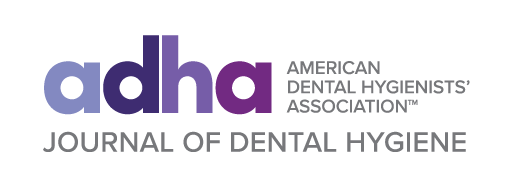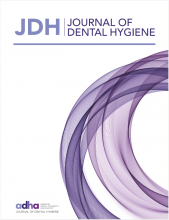Abstract
Purpose: Many dental hygiene degree completion (34) and graduate (14) programs offer the majority or all of their course offerings online. While the concept of real-time video web-conferencing has been realized through advances in technology, only 5% of dental hygiene programs report utilizing real-time technologies. The purpose of this study was to use the Community of Inquiry Framework to observe and compare the development of cognitive presence and critical thinking between two different methods of online discussion; asynchronous discussion boards and synchronous video web-conferences.
Methods: Students in one online course were divided into two groups. Each week one group completed the course discussion questions through an asynchronous discussion board while the other group completed the same discussion questions via a synchronous video web-conference. Data were recorded and analyzed to compare total indicators of cognitive presence during the two discussion sessions, as well as comparing the various levels of cognitive presence.
Results: A total of 117 messages were recorded in the asynchronous discussion sessions and 260 messages in the synchronous discussion sessions. The synchronous video web-conferences achieved significantly more total cognitive presence than the asynchronous discussions (p=0.005). Furthermore, the synchronous discussions reached the highest phase of cognitive presence, the resolution phase, in 10.19% of the messages, while the asynchronous discussions reached the resolution phase significantly less often at 0.85% (p=0.005).
Conclusions: This study suggests that synchronous video web-conference in online discussions may create higher levels of cognitive presence in an online course. Higher levels of cognitive presence found in synchronous video web-conferencing may foster critical thinking skills in degree completion and graduate dental hygiene online courses.
- dental hygiene education
- online discussion
- synchronous
- asynchronous
- video web-conferencing
- cognitive presence
Footnotes
Amy L. Molnar, BSDH, MDH is a lecturer, Division of Dental Hygiene; Rachel C. Kearney, BSDH, MS is an assistant professor, Division of Dental Hygiene; both at the College of Dentistry, The Ohio State University, Columbus, Ohio.
This manuscript supports the NDHRA priority area: Professional development: Education (educational models).
- Copyright © 2017 The American Dental Hygienists’ Association








